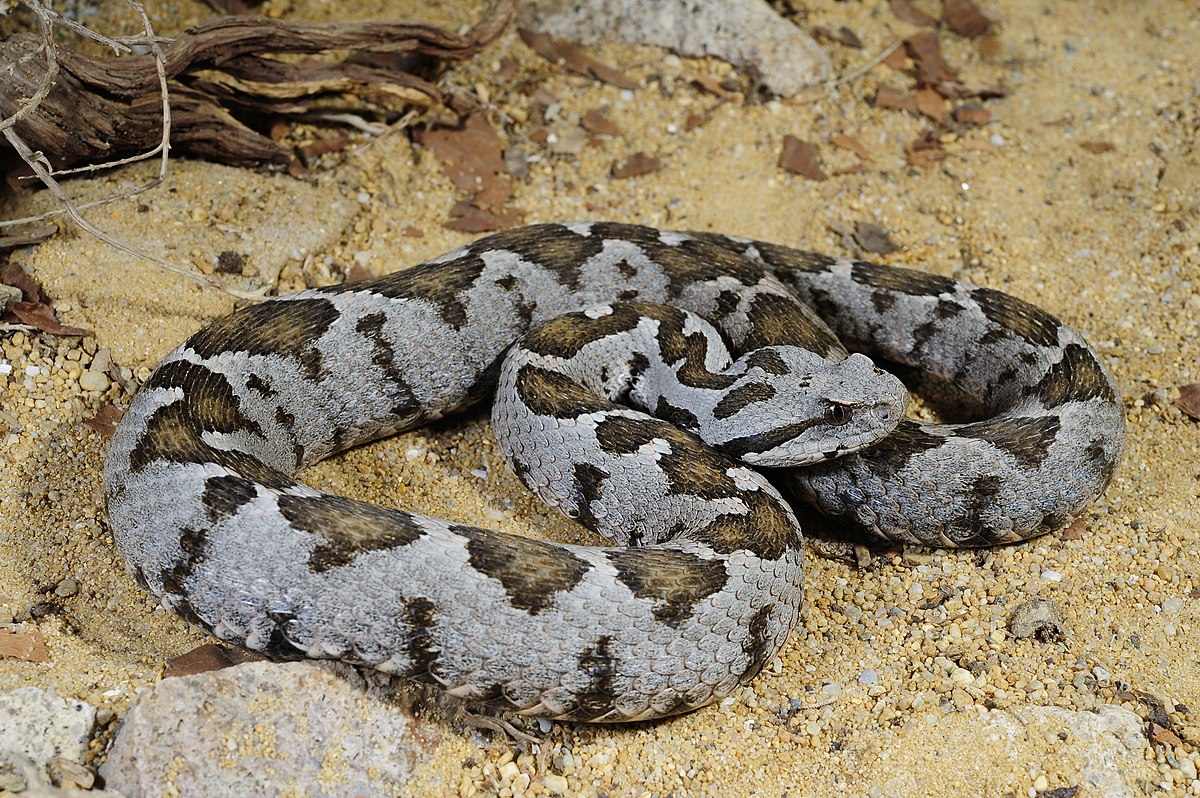Search This Blog
Pit Vipers The Optimal Blend of Style & Performance. Pit Vipers Outdoor Fashion and Lifestyle.
Featured
- Get link
- X
- Other Apps
Viper Snakes

Viper, (family Viperidae), any of more than 200 species of venomous snakes belonging to two groups: pit vipers (subfamily Crotalinae) and Old World vipers (subfamily Viperinae), which are considered separate families by some authorities. They eat small animals and hunt by striking and envenomating their prey. Vipers are characterized by a pair of long, hollow, venom-injecting fangs attached to movable bones of the upper jaw (the maxillaries) that are folded back in the mouth when not in use. Their eyes have vertical pupils, and their scales are keeled. Vipers range in length from less than 25 cm (10 inches) in the Namaqua dwarf viper (Bitis schneideri) of southern Africa to more than 3 metres (10 feet) in the bushmaster (Lachesis muta) of the Amazon basin and Central America.
The pit vipers are found from desert to rainforest, primarily in the New World. This group includes copperheads, rattlesnakes, and fer-de-lances (genera Bothrops and Trimeresurus), among others. They may be terrestrial or arboreal. Some, such as the moccasins (genus Agkistrodon), are aquatic. Except for the egg-laying bushmaster, all pit vipers are live-bearers (viviparous).
Pit vipers are distinguished by a temperature-sensitive pit organ located on each side of the head midway between each nostril and eye. This structure is sensitive to infrared radiation, which enables the snake to “see” heat images of warm-blooded prey. As a pair, they provide a form of binocular vision that helps the snake accurately aim its strike at warm-blooded prey. At least some Old World vipers have infrared receptors in the same area as the pit organs, although there is no external evidence of them. Some boas and pythons have similar infrared organs located in pits between the lip scales.
Old World vipers live in desert to forest habitats of Europe, Asia, and Africa. They are typically slow, stocky, and broad-headed. Many, such as the European viper, or common adder (Vipera berus), and the Gaboon viper (Bitis gabonica), are terrestrial. In contrast, tree vipers (genus Atheris), such as Matilda’s horned viper (A. matildae) of Tanzania, are slender, prehensile-tailed, and arboreal. Some species lay eggs; others produce live young.
Popular Posts
What is Eastern Diamondback Rattlesnake?
- Get link
- X
- Other Apps
Himalayan Pit Viper-Gloydius Himalayanus
- Get link
- X
- Other Apps
Comments
Post a Comment